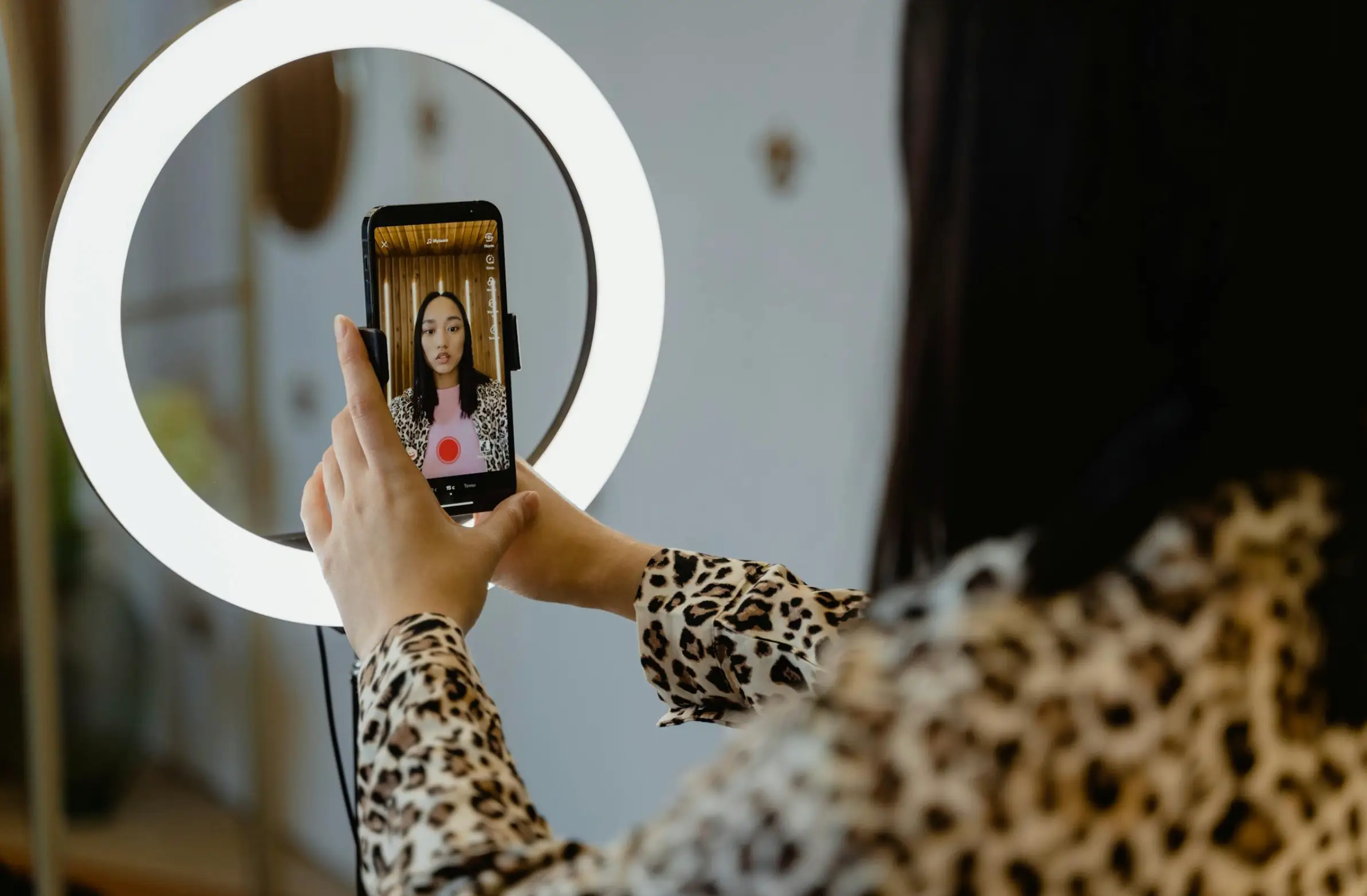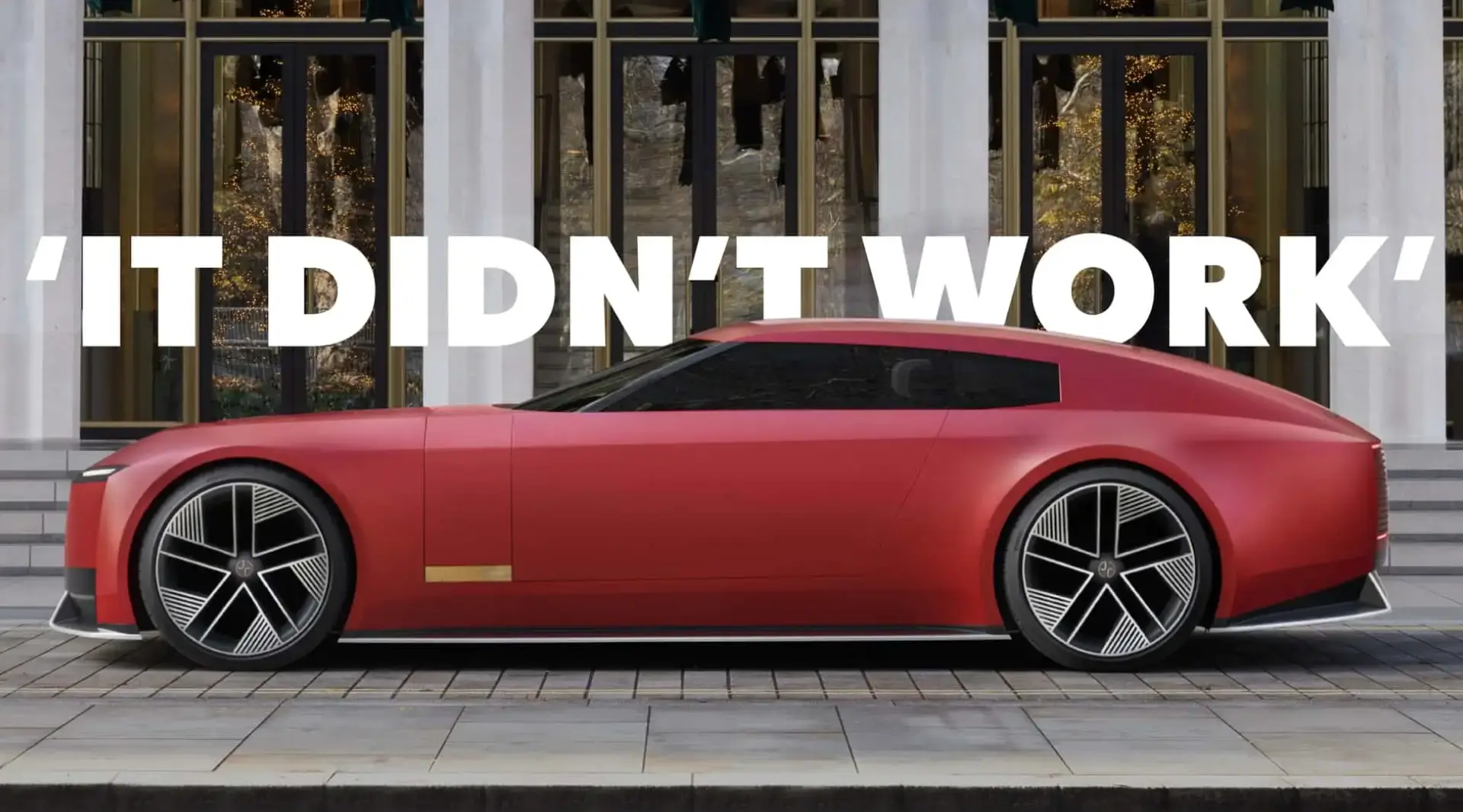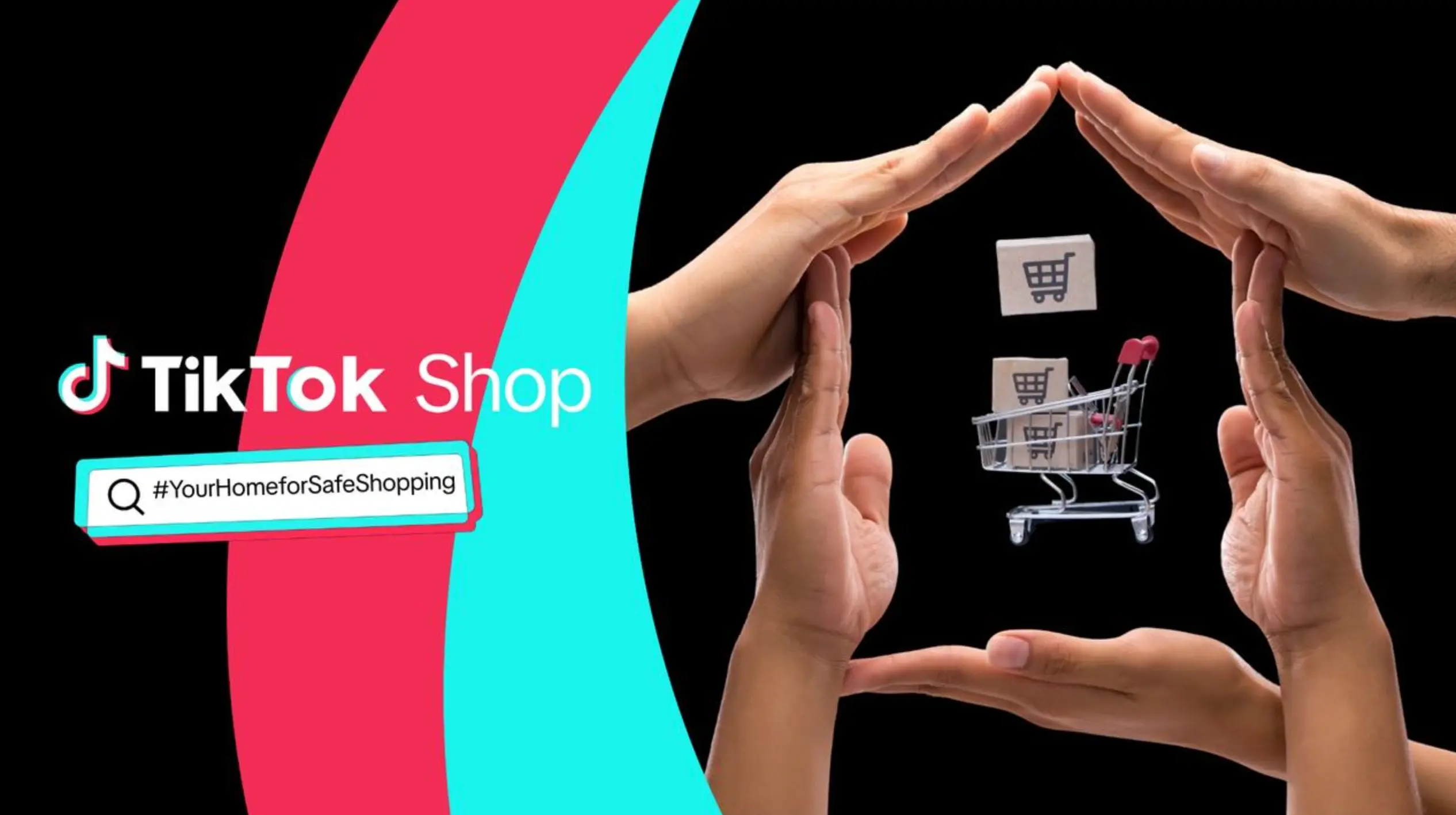QR Codes in Modern Marketing & How To Use It As A Part of Your Digital Marketing Strategy
Updated on
Published on

QR codes have emerged as a versatile tool for engaging consumers and driving business objectives. Initially developed for inventory tracking in manufacturing, Qr codes (Quick Response codes) have undergone a significant transformation, becoming an integral part of modern marketing strategies. This comprehensive analysis explores the evolution of QR codes, their diverse applications in marketing campaigns, real-world examples of successful implementations, and best practices for maximizing their effectiveness.

To track automotive components during manufacturing, Denso Wave, a Toyota subsidiary, created QR codes in Japan in 1994. Their design, characterized by black squares arranged on a white background, allowed for the encoding of large amounts of data. Initially, QR codes found utility in industrial applications, but their potential for consumer engagement soon became evident.
As smartphones became ubiquitous, QR codes transitioned into marketing tools, offering a convenient way to bridge the physical and digital worlds. Advancements in technology have facilitated the customization of QR codes with branding elements, enhancing their visual appeal and recognition.
Applications of QR Codes in Marketing
QR codes offer a myriad of possibilities for marketers to enhance consumer experiences and drive business objectives. Some notable applications include:
1. Contactless Menus: During the Covid-19 pandemic, restaurants and hospitality businesses utilized QR codes to provide contactless access to menus. This not only addressed health concerns but also demonstrated the versatility of QR codes in adapting to evolving consumer needs.
Example: McDonald's introduced QR code menus in their restaurants, allowing customers to scan and view menus on their smartphones, reducing physical contact and enhancing safety measures.
2. Promotional Campaigns: QR codes serve as gateways to promotional content, including discounts, giveaways, and exclusive offers. Brands can embed QR codes in print advertisements, digital business cards, packaging, or digital platforms to incentivize consumer engagement and drive sales. As brands advance technologically to create meaningful consumer interactions, understanding the benefits of a dynamic QR code becomes crucial. While static QR codes serve essential roles, dynamic QR codes provide capabilities that significantly enhance marketing strategies, allowing real-time updates and detailed analytics for campaign optimization. Businesses can use a reliable QR code generator to easily create and manage such dynamic codes for marketing campaigns.
Example: Coca-Cola launched a QR code campaign on its packaging, offering consumers the chance to win prizes by scanning the code and participating in interactive games or promotions.
3. Interactive Experiences: QR codes enable brands to create interactive experiences for consumers, such as scavenger hunts, augmented reality activations, or product demonstrations. By leveraging QR codes in experiential marketing campaigns, brands can foster deeper connections with their target audience.
Example: IKEA implemented QR codes in its showroom displays, allowing customers to scan and visualize how furniture pieces would look in their own homes using augmented reality technology.
4. Product Authentication: QR codes are increasingly used to verify the authenticity of products and combat counterfeiting. By scanning QR codes, consumers can access information about product origins, certifications, and manufacturing processes, enhancing trust and transparency.
Example: Nike introduced QR codes on its product labels, allowing customers to scan and verify the authenticity of their purchases, thereby reducing the prevalence of counterfeit products in the market.

Best Practices for QR Code Usage
While QR codes offer numerous benefits, their effectiveness hinges on proper implementation and adherence to best practices. Key considerations include:
1. Design: Customize QR codes with brand colours and logos, but avoid excessive customization that may hinder scanning. Maintain a balance between branding elements and functionality to ensure optimal performance across devices.
2. Clarity and Readability: Ensure QR codes are clear, sharp, and easily scannable. Avoid low-resolution images, inverted colours, or distorted designs that may impede scanning accuracy. A Free QR Code Maker can help create high-quality, scannable codes. Businesses operating on tight budgets can explore a cheap qr code generator solution that offers essential features without compromising on quality or functionality.
3. Placement: Strategically place QR codes in prominent locations where they are easily visible and accessible to the target audience. Consider factors such as proximity, lighting conditions, and viewing angles to maximize visibility and engagement.
4. Testing and Optimization: Test QR codes across various devices and environments to ensure compatibility and performance. Monitor metrics such as scan rates, engagement levels, and conversion rates to optimize QR code campaigns over time.
QR codes have evolved from their origins in industrial tracking to become indispensable tools for modern marketers. Their versatility, convenience, and effectiveness in driving consumer engagement make them valuable assets in digital marketing campaigns. By leveraging QR codes creatively, implementing real-world examples, and adhering to best practices, brands can enhance consumer experiences, drive sales, and achieve marketing objectives in an increasingly competitive landscape.







